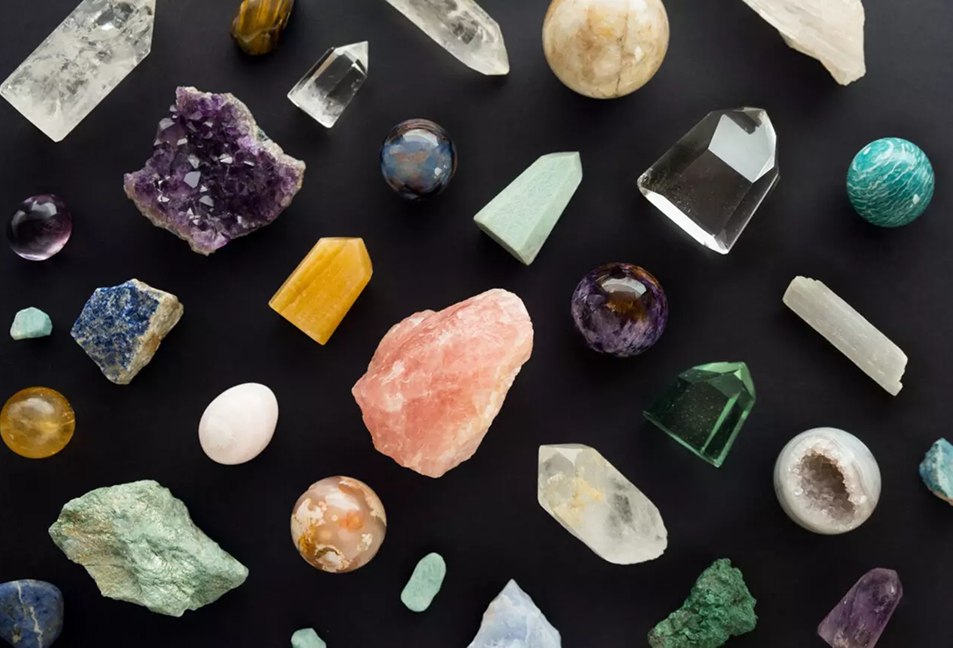The role of analytical innovation
Advances in in situ techniques—microbeam isotopic analysis, automated mineralogy, three-dimensional X-ray tomography and machine-learning-assisted phase recognition—are accelerating discovery. These tools allow scientists to spot minute mineral assemblages, quantify trace-element distributions at parts-per-million levels, and model formation histories with unprecedented detail. The diagnostic power of combined petrography and high-precision geochemistry is turning small specimens into robust stories about fluid flow, temperature evolution and element partitioning in the crust.
Environmental and ethical considerations
As exploration intensifies for critical raw materials, geology must be balanced with conservation. Many prospective areas overlap sensitive habitats, protected landscapes or sites of archaeological importance. The growing emphasis in UK policy on responsible sourcing—integrating ecological impact assessment, community engagement and rehabilitation plans—reflects lessons learned from past mining cycles. Geological surveys are therefore coupling resource mapping with environmental baseline studies to guide sustainable decision-making.
Looking ahead
UK geology today sits at the intersection of fundamental science, cultural heritage and strategic resource planning. Expect continued contributions from museum-based reanalysis, targeted exploration driven by critical-minerals demand, and cross-disciplinary provenance studies that illuminate Britain’s geological and human past. Most importantly, the combination of advanced analytics, open data from national surveys, and industry–academic partnerships creates fertile ground for further mineral discoveries—both new species and economically significant occurrences—while steering development toward environmental stewardship and societal benefit.

